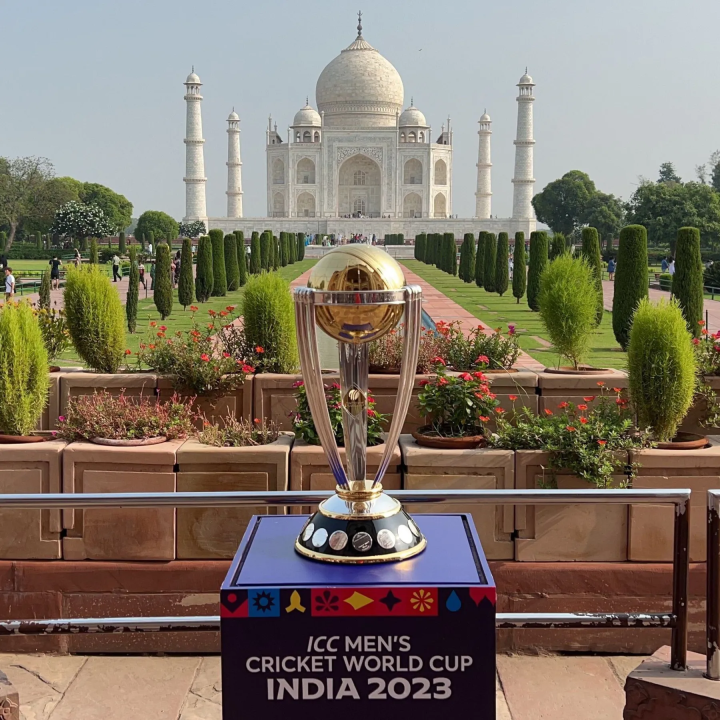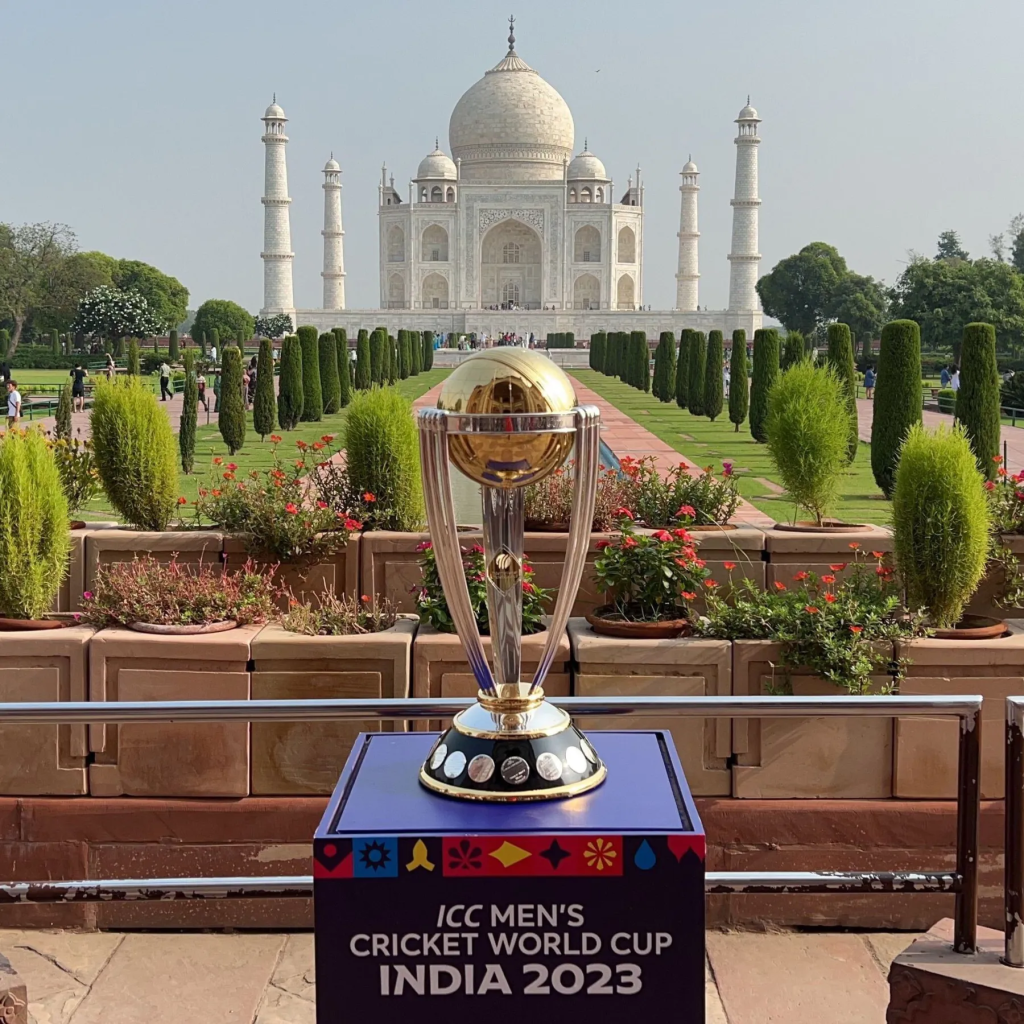
Halfway through the 2023 Cricket World Cup, we explore the sport’s ability to further decolonization

What do India, South Africa, New Zealand, Australia, and Sri Lanka have in common? History buffs may recognize them as former British colonies. But cricket fans know them as the top five teams of the 2023 ICC Cricket World Cup (as of 27 October 2023). These two facts are irrevocably entwined.
European colonizers, primarily the British Empire, introduced this sport to their colonies. Even after gaining independence, the former colonies retained their love for the game and seemingly strived to play it even better than their colonizer. What was once a symbol of oppression and European excellence soon became a source of self-esteem and strength for the formerly colonized. The game was indigenized in makeshift forms like backyard cricket or gully cricket in the Indian subcontinent, and beach cricket in Australia and New Zealand. The first One Day International (ODI) men’s cricket world cup was organized in 1975 and was played by England alongside seven former British colonies. The winners were the West Indians, and the runners-up were the Australians.
Today, the best performing cricket teams come from former colonies. Top three in the ODI ranking are India, Pakistan, and South Africa. The countries invest heavily in their players, their training, and coaching in anticipation of the world cup every four years. In India—my home country and the current host of the ongoing world cup—cricketers are celebrities, if not deities. There are very few things that Indians love more than they love cricket. Maybe chai. And perhaps Bollywood.
This is not to imply that England does not care for the sport. The Brits are the defending champions in the current tournament. However, last week Afghanistan defeated England by 69 runs in what is believed to be one of the biggest shocks in world cup history. England then went on to lose to Sri Lanka a few days later. With one win, England currently stands at the second-to-last position in this tournament. A disappointed Netherlands occupies the lowest rung by virtue of a marginally lower run rate. Obviously the other countries have lost to one another, and they consistently swap places at either end of the points table. But judging by the intensity of the crowds and the historical elements at play, there seems to be something strangely charming about defeating one’s former colonizer. It is pure patriotism and national fervour. A celebration of sovereignty, progress, and sportsmanship.
There is no denying that cricket has garnered a sacrosanct following, especially in countries that were once former colonies. The nations take pride in defeating their oppressors at their own game. The cricket world cup thence becomes a sacred festival. Traveling to the hosting country to watch the tournament in person becomes a holy pilgrimage. This year, India seems to have delayed the issuing of visas to Pakistani nationals and media persons that wanted to watch the world cup in person. This is just another example of how colonial legacies continue to influence the sport of cricket as the two remain intertwined and inseparable.
